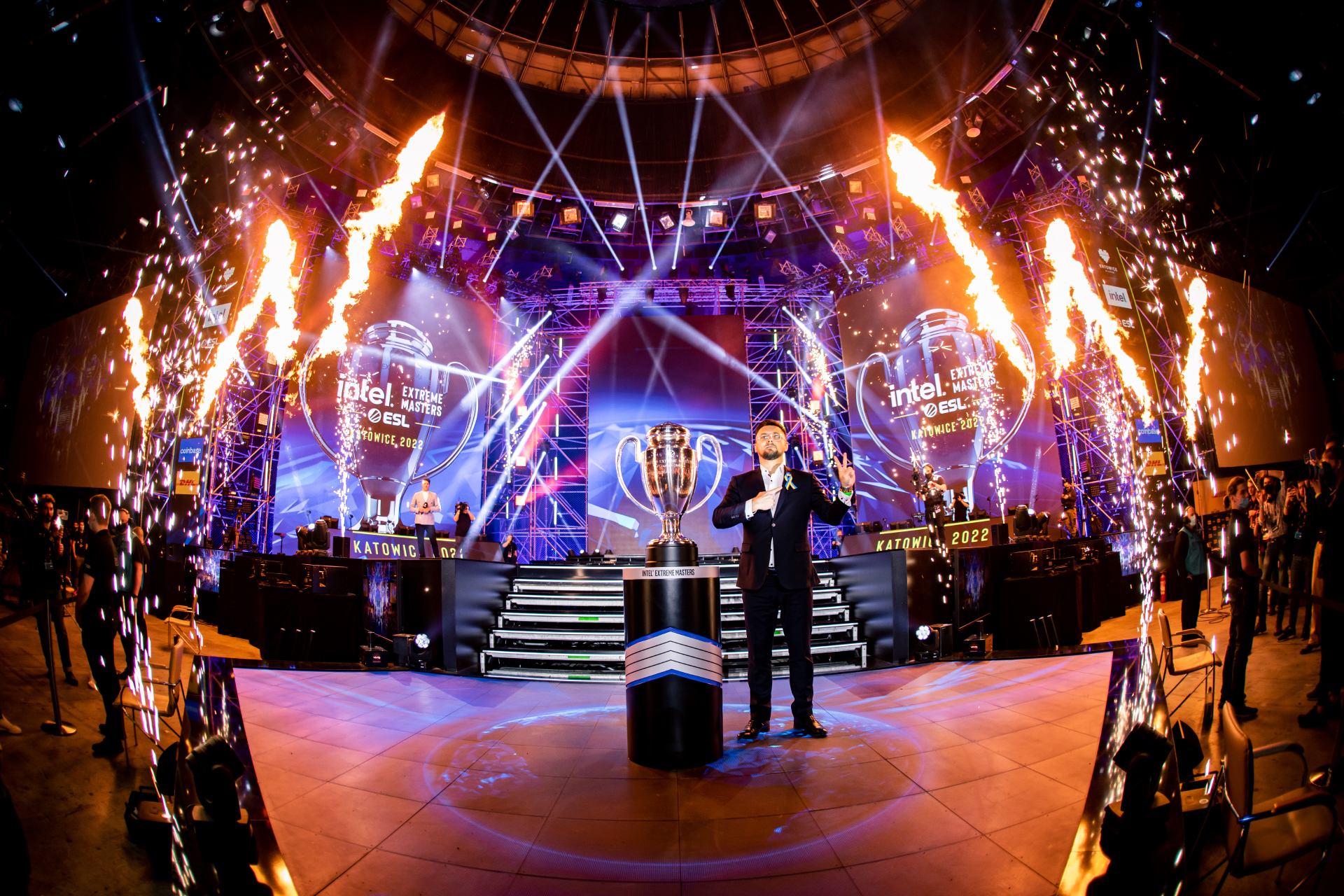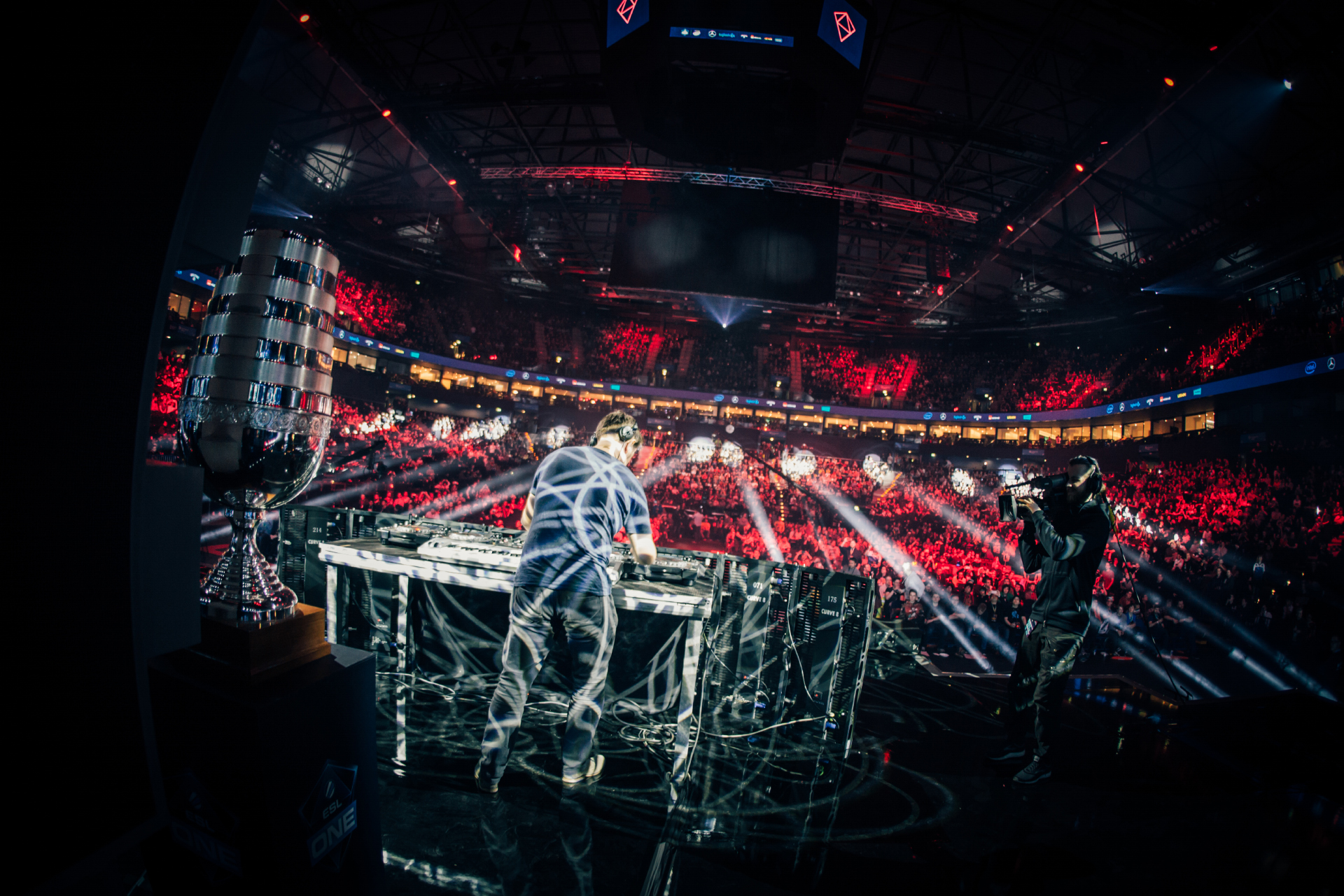
With more than 20 years of experience leading multinational executive teams in telecommunications, internet, and gaming industries, Rodrigo Samwell’s strength lies in anything that has to do with brand partnerships, media rights, business development, brand, corporate marketing, fan marketing, fan value management, and commercial operations. In 2017, Rodrigo joined ESL Gaming, the world’s leading eSports company, where he currently works as the Global Chief Commercial Officer.
He was kind enough to sit down with Brandingmag and talk about what changes he has seen in the past few years, as well as sonic branding, best global brands, and why we shouldn’t forget there are incredibly talented people behind every successful brand.
 Brandingmag: What does it take to become a ‘renowned global brand’ nowadays?
Brandingmag: What does it take to become a ‘renowned global brand’ nowadays?
Rodrigo Samwell: The best way to achieve this today is to, first of all, know what your brand stands for and what your purpose is. Making sure the whole organization is bought in and believes in the just cause your brand is trying to achieve is paramount. Once you have that, execute this consistently over a long period of time. A brand is what a brand does, so a brand needs to portray itself authentically to its target audience.
Bm: What are the first three things you would focus on if you had to build a brand from scratch?
RS: Firstly, a clear purpose or just cause that is aligned with the company DNA; secondly, research and understand what your consumers want really precisely; and thirdly, look for the best talent and create a culture to keep that creative talent for the long run.
Bm: We’ve seen how, lately, sonic branding has been more and more on the radar of global brands. What’s your take on that, and what’s the opportunity for brands who jump on this trend?
RS: I consider sonic branding as a must and no longer a trend. In this day and age, where there is a pollution of content and information about everything, it is important for brands to stand out and be recognized. It is no longer enough to be recognized by a logo or visual identity – every time there is a digital engagement a brand needs to take the opportunity to connect with people. Most digital content consumption today and in the future involves sound in some way.
“A brand is what a brand does, so a brand needs to portray itself authentically to its target audience.”
Bm: ESL has recently launched a new sonic brand identity that can be used across all touchpoints. Can you tell us why ESL wanted to create a sonic brand and what was the motivation to also go beyond and look to traditional sporting league anthems for inspiration?
RS: We wanted to complete our brand system. We have a goal to create a world where everybody can be somebody. We do that by giving more opportunities for participation and progression than any other sport through eSports. We refreshed our brand identity very successfully to stand out because when you become somebody you stand out. We wanted to complete this story by using sound – hence our sonic brand identity, by telling the story of a regular player journey as they move up the ranks playing, from the humble beginnings to the big stages like at a Masters Championship of the ESL Pro Tour.

Bm: What’s the impact a sonic brand can have in the short and long-term? And how does ownable sound play a role in the future of technology and gaming?
RS: We are a company that has hundreds of millions of hours watched of video content a year and lots of social media interactions. In the short term, a sonic brand has the effect of enhancing the experience for our fans, but the big benefit is to create long-term consistency across all types of content we put out there, giving fans the feeling that they are always inside the ESL world. This will no doubt improve many brand metrics like recognition and recollection. In gaming and technology, sound is a key element. Gamers are used to a full digital experience that more and more touches all senses. For us, an ownable sound allows us to always be recognized by our fans, almost like a beacon in the sea of digital experiences to know we are always there with them.
Bm: Gaming, like other platforms, is becoming a platform for music discovery and fan experience. What potential do you see for this developing further?
RS: I see a massive potential and we are just starting. We see full concerts inside games, for example, and blockchain technology allows for many new types of models for content creators to experiment with. No one can know exactly how fast it will develop but I am absolutely sure that music and gaming will be much more integrated in 5 years’ time than today. Gaming is the new hang-out place for new generations, so it is natural that music moves more and more inside those games where the communities are present every day.

Bm: You have worked in leadership roles in multiple business areas, including brand development and digital transformation. Industry-wise, what is the most interesting change you’ve witnessed in the last 20 years?
RS: I truly believe that in the last 20 years the general access to the internet around the world enabled a digital transformation. In the last decade, this was even accelerated with mobile high-speed broadband. Everything became more digital and accessible from everywhere. There is hardly any industry that did not benefit from better access to a network and internet than gaming. Gaming boomed with the wide availability of multiplayer online games, direct-to-consumer distribution of games software, and mobile device improvements. We are witnessing a new set of technologies convergent that will fuel the next chapter around artificial intelligence, blockchain, and robotics.
Bm: In your opinion, what are the biggest challenges for a Brand Manager nowadays?
RS: I truly believe it is to keep up with technology. The world is being revolutionized with VR, AI, blockchain, and other technologies that will transform the way we live, engage with each other, and interact with brands in profound ways. But the good news is that, if anyone is overwhelmed, they can always go back to the fundamentals. Because at the end of the day, if a Brand Manager understands people – how they behave, what makes them happy, and what they need – they will probably be able to continue being successful.
Cover image source: Steffie Wunderl, IEM Cologne